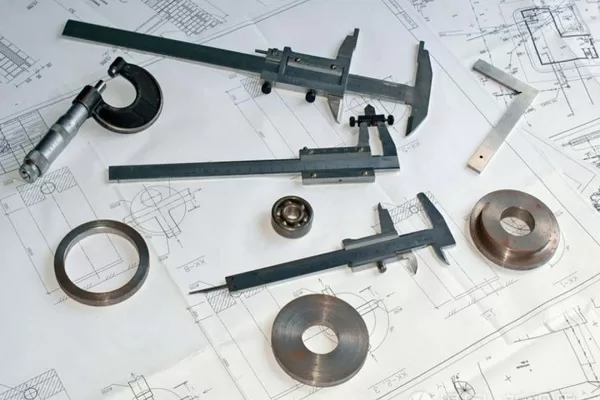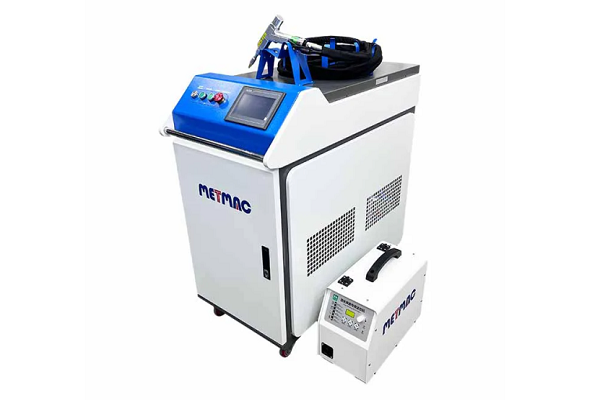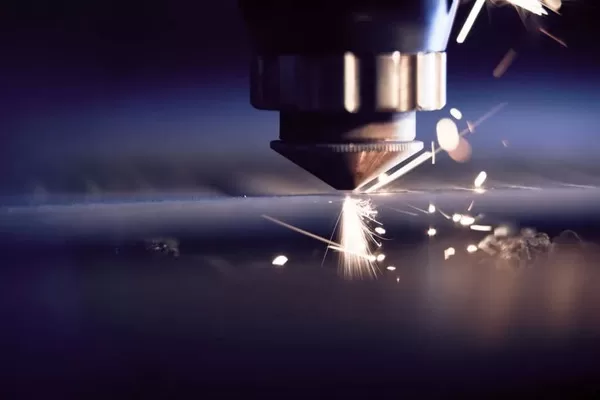
Tips for Optimizing Performance of Your Ventilation Duct Machine
- By:Metmac
- 2024-09-11
- 62
Maintaining a well-functioning ventilation duct system is crucial for ensuring a healthy and comfortable indoor environment. To achieve optimal performance, proper maintenance and optimization of your ventilation duct machine are essential. Here are some tips to help you enhance the efficiency and effectiveness of your ventilation system:
Regular Maintenance and Cleaning
Clean filters regularly: Dirty filters can significantly restrict airflow, reducing the efficiency of the ventilation system. Ensure regular cleaning or replacement of filters according to the manufacturer’s recommendations.
Inspect and clean ducts: Over time, ducts can accumulate dust, mold, and debris, hindering air circulation. Schedule periodic inspections and cleaning to maintain proper airflow and prevent contaminants from circulating throughout the building.
Lubricate moving parts: Routine lubrication of bearings, fans, and other moving components will reduce friction, extend lifespan, and improve performance. Refer to the manufacturer’s guidelines for specific lubrication requirements.
Proper System Design and Sizing
Appropriate sizing: The ventilation duct machine should be appropriately sized for the specific requirements of the building. An undersized unit may struggle to meet ventilation needs, while an oversized unit will consume excessive energy and may cause噪音 or discomfort.
Correct duct design: The design of the ductwork should optimize airflow and minimize pressure drops. Avoid sharp bends, excessive branching, and long, narrow sections that can impede airflow.
Adequate air distribution: Proper distribution of airflow throughout the building ensures balanced ventilation and prevents localized areas of stale or contaminated air. Design the system to provide even airflow distribution based on the occupancy and usage of each space.
Energy Efficiency and Controls
Variable speed drives (VSDs): Implementing VSDs on fans allows for adjustments to fan speed based on changing ventilation requirements. This optimizes energy consumption and minimizes noise levels.
Demand-controlled ventilation (DCV): DCV systems utilize sensors to monitor indoor air quality and adjust ventilation rates accordingly. This reduces energy consumption by providing ventilation only when necessary.
Energy recovery ventilators (ERVs): ERVs transfer heat or moisture between incoming and outgoing air streams, reducing the amount of energy required for heating or cooling. Consider incorporating ERVs to enhance energy efficiency.
Monitoring and Diagnostics
Real-time monitoring: Install monitoring systems to track key performance metrics such as airflow rates, temperature, and humidity levels. This enables early detection of potential issues and allows for timely adjustments.
Regular diagnostics: Conduct regular diagnostic tests to identify any performance deficiencies or potential problems. Promptly address any issues to prevent further deterioration and ensure optimal system operation.
Preventive maintenance: Implement a preventive maintenance program that includes regular inspections, cleaning, and lubrication. This proactive approach helps to prevent equipment failure and extend the lifespan of the ventilation duct machine.
By following these tips, you can optimize the performance of your ventilation duct machine, ensuring a healthy, comfortable, and energy-efficient indoor environment for occupants. Regular maintenance, proper design, efficient controls, and effective monitoring will contribute to the long-term reliability and effectiveness of your ventilation system.
-
The Advantages of Using a Sheet Roll Forming Machine in Manufacturing
2024/09/14 -
How to Optimize Your Laser Sheet Cutting Machine for Maximum Performance
2024/09/12 -
How to Maximize Efficiency with Modern Sheet Metal Working Machines
2024/09/04 -
The Environmental Benefits of Using Duct Board Grooving Machines
2024/09/03
-
A Guide to the Latest Innovations in Sheet Metal Folding Machines
2024/11/29 -
Key Features to Consider When Investing in a Sheet Metal Folding Machine
2024/11/28 -
Enhancing Precision with Advanced Sheet Metal Folding Machines
2024/11/27 -
How to Choose the Right Sheet Metal Folding Machine for Your Workshop
2024/11/26



